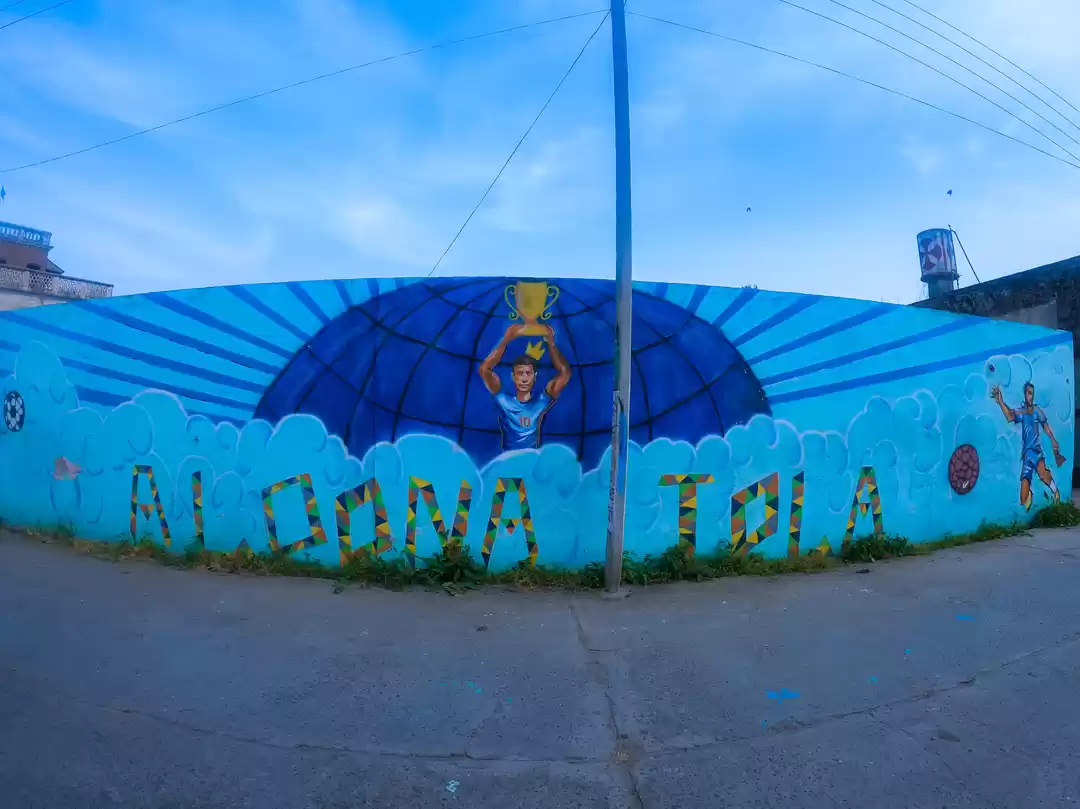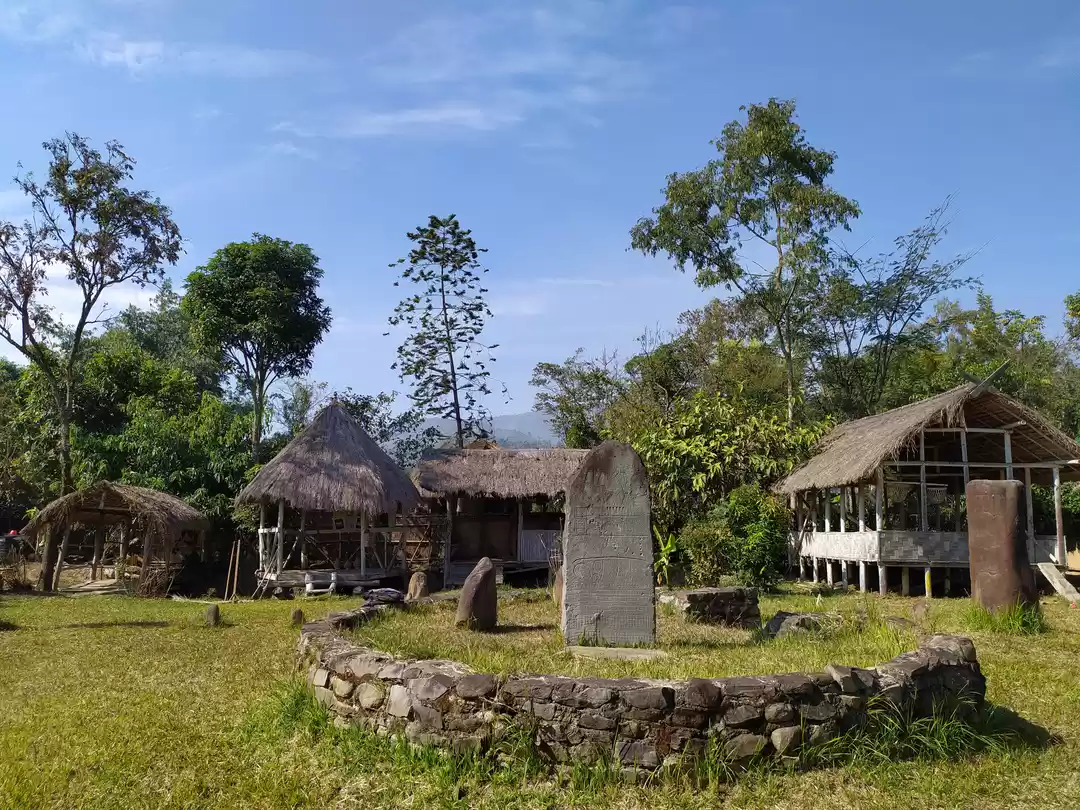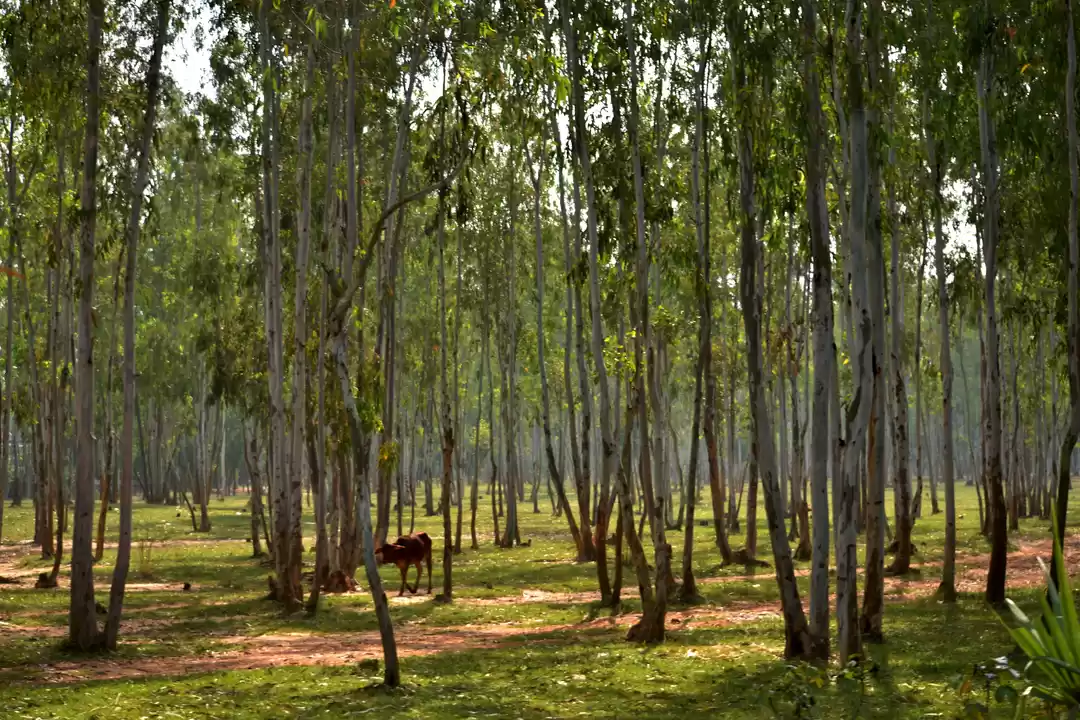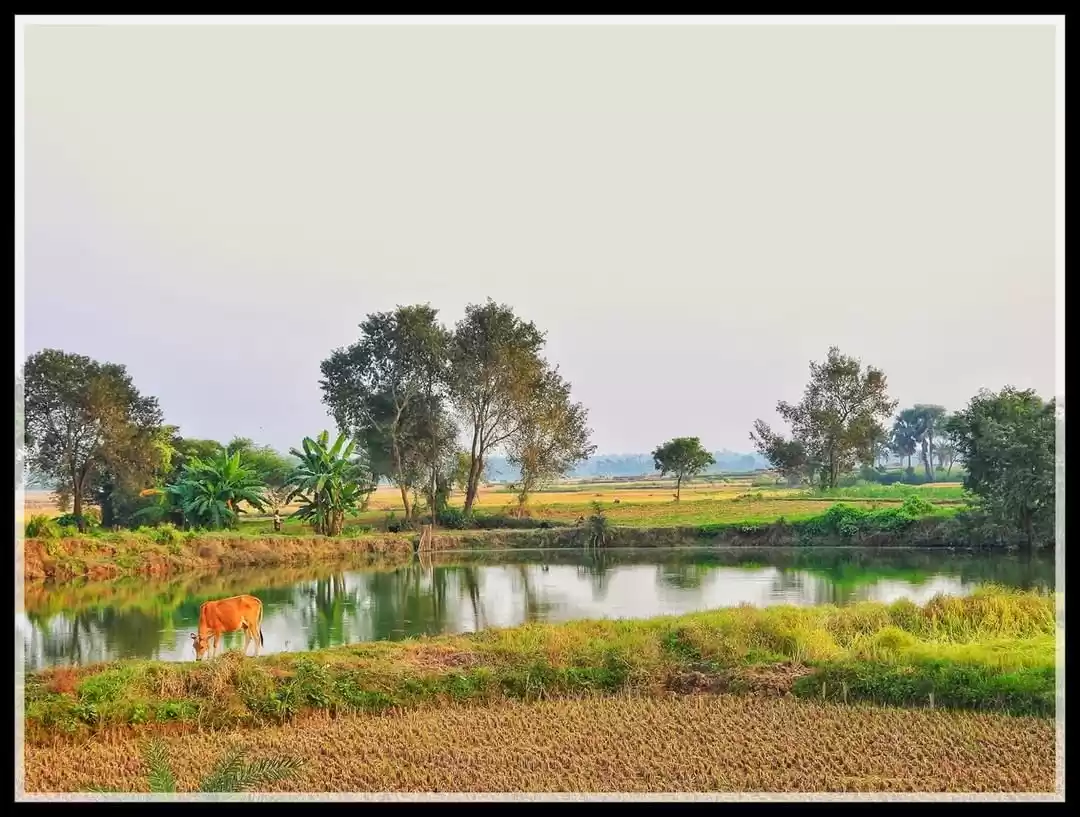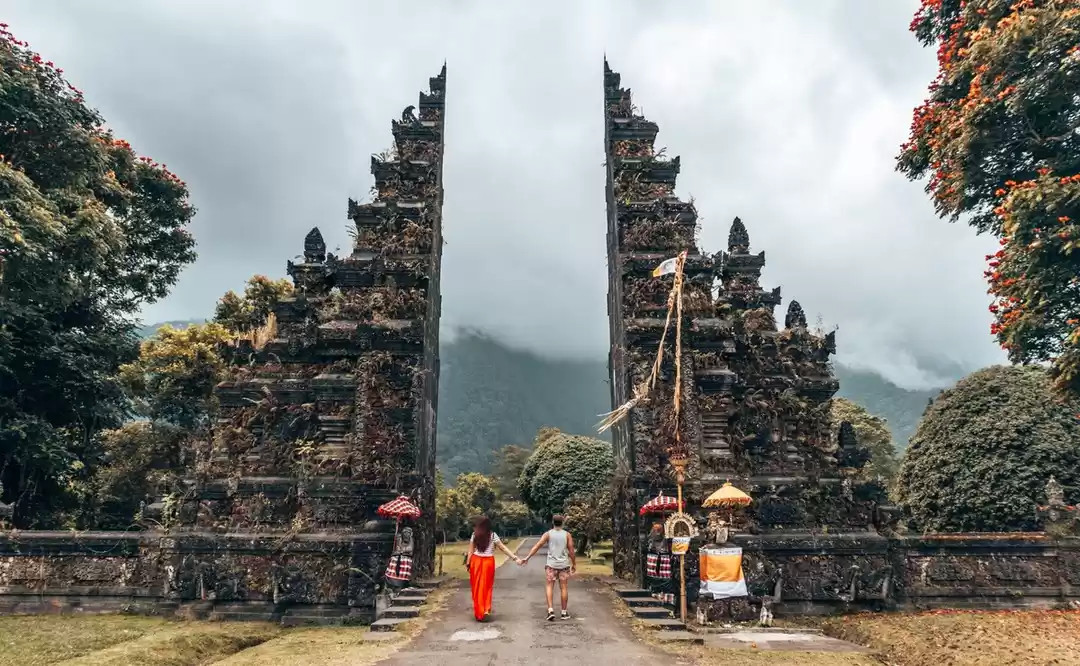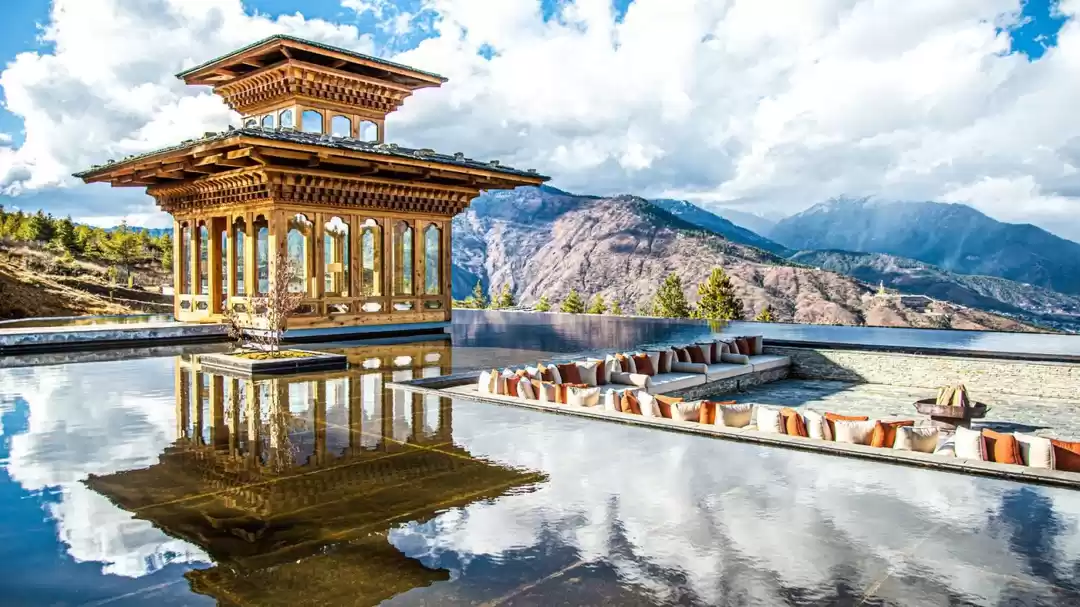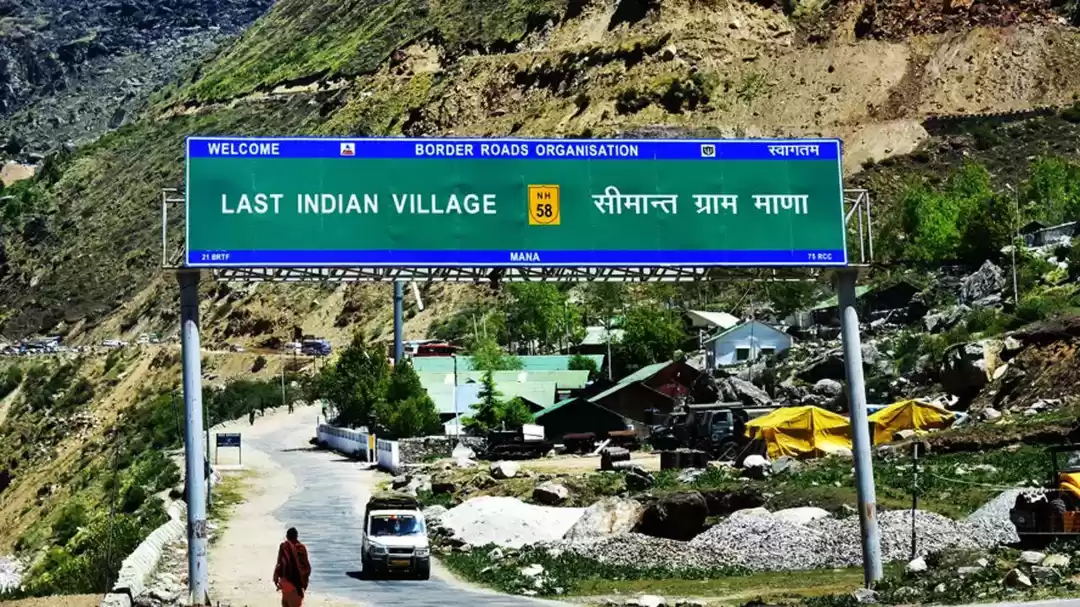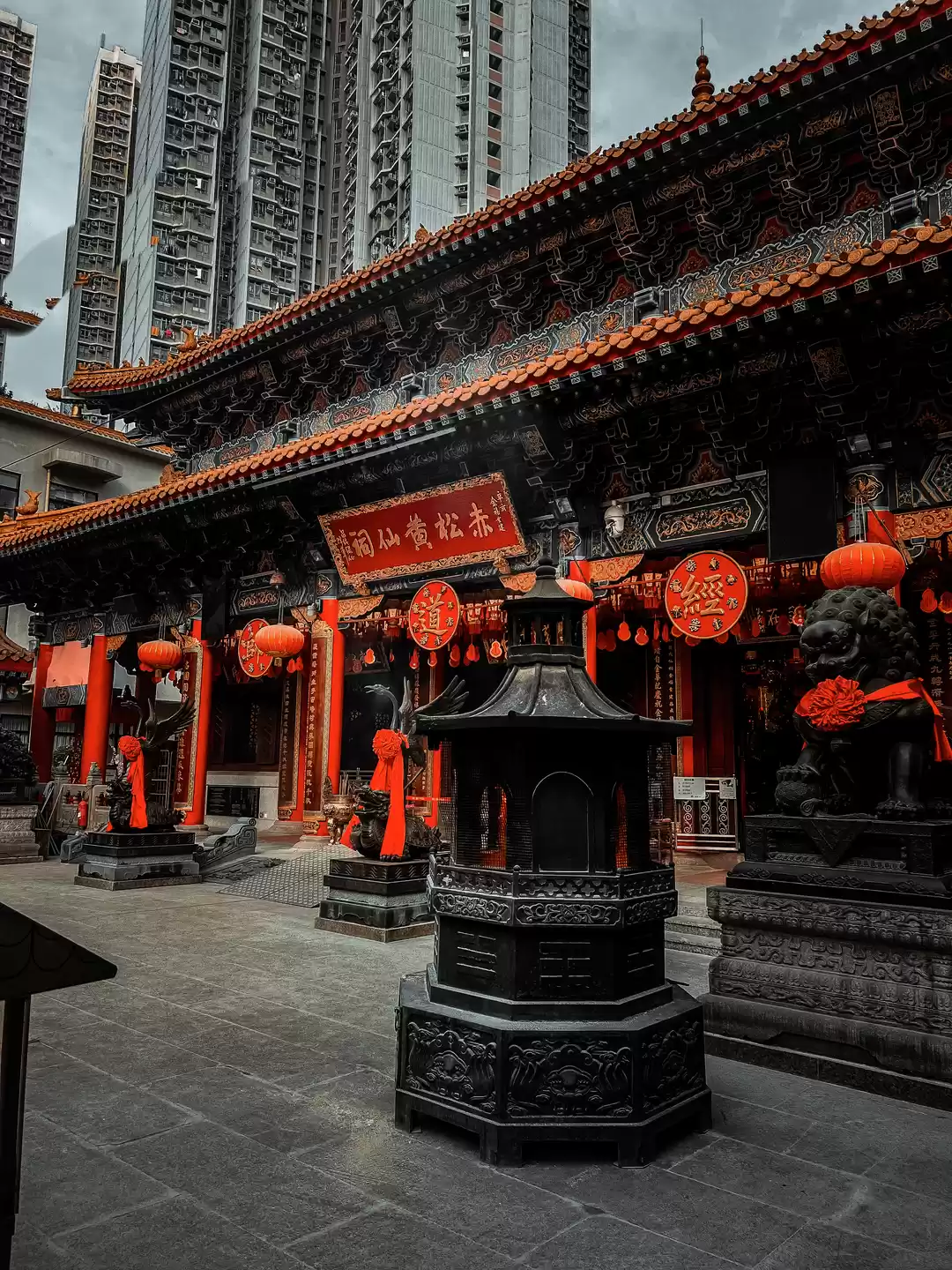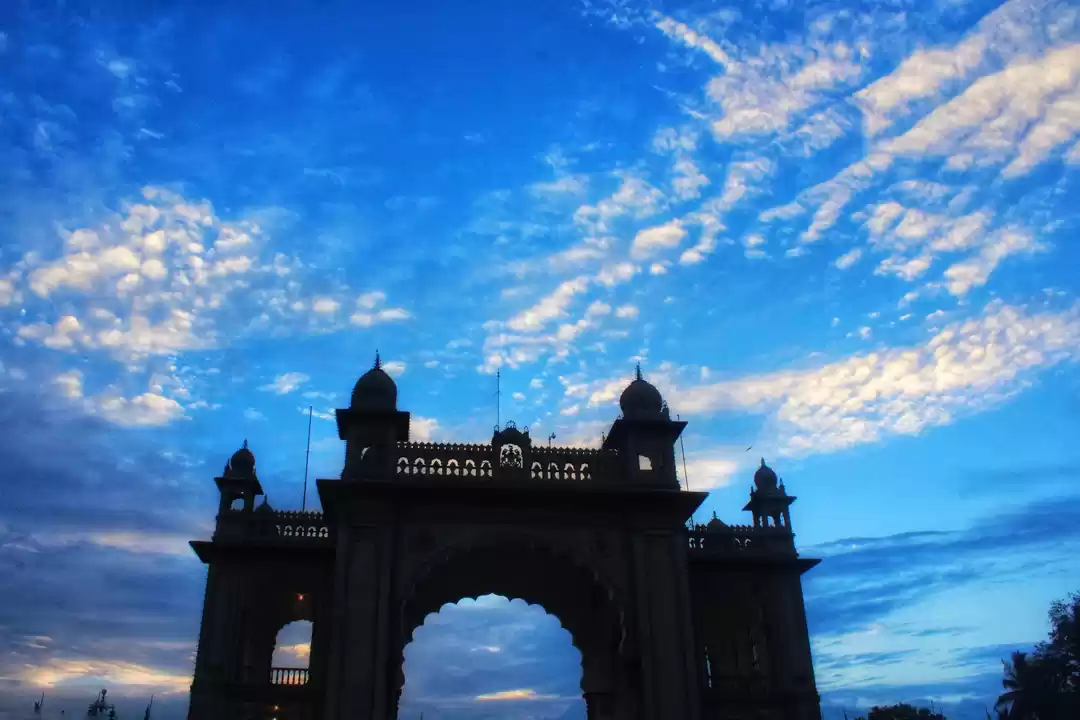If you are looking for a unique and authentic way to learn about the indigenous culture of Sabah, Malaysia, then you should not miss visiting Mari Mari Cultural Village. This cultural village is a living museum that showcases the lifestyle and traditions of five ethnic tribes of Sabah: Dusun, Rungus, Lundayeh, Bajau, and Murut. You will get to see their traditional houses, costumes, crafts, and rituals, as well as enjoy their cultural performances, interactive demonstrations, and local cuisines.
In this article, we will guide you on how to visit Mari Mari Cultural Village, what to expect there, and some tips and suggestions to make the most of your visit.
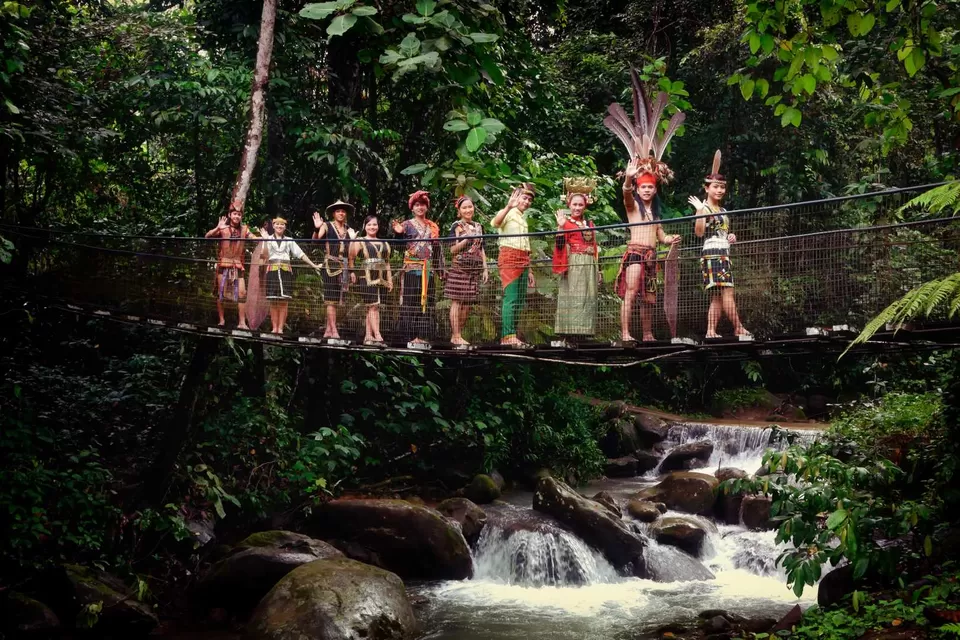
How to Visit Mari Mari Cultural Village
Mari Mari Cultural Village is located about 25 km from Kota Kinabalu, the capital city of Sabah. You can get there by different modes of transportation, depending on your budget and preference. Here are some options:
- By car: If you have your own car or rent one, you can drive to the cultural village by following the Jalan Tuaran road. The journey takes about 40 minutes, and you will see signs along the way to guide you to the village. You can park your car at the entrance of the village for a small fee.
- By bus: If you prefer public transportation, you can take a bus from Kota Kinabalu to Tamparuli town, which costs about RM 5 per person. The bus ride takes about an hour, and you can catch the bus at the Padang Merdeka bus terminal. From Tamparuli town, you can take a taxi to the cultural village, which costs about RM 30 per car. The taxi ride takes about 15 minutes.
- By taxi: If you want a more convenient and comfortable way to get to the cultural village, you can hire a taxi from Kota Kinabalu. The taxi fare is about RM 80 to RM 100 per car, and the journey takes about 40 minutes. You can negotiate with the driver to wait for you at the village or arrange a pick-up time later.
- By tour package: If you want a hassle-free and all-inclusive way to visit the cultural village, you can book a tour package from a reputable travel agency or online platform. The tour package usually includes transportation, entrance fee, guide, lunch, and insurance. The price ranges from RM 150 to RM 200 per person, depending on the provider and the group size. The tour duration is about 4 to 5 hours, and you can choose from morning, afternoon, or evening sessions.
What to Expect at Mari Mari Cultural Village
Once you arrive at Mari Mari Cultural Village, you will be greeted by a friendly and knowledgeable guide who will take you on a tour around the village. You will get to see and experience the following features and activities:
- The five ethnic tribes: You will visit the traditional houses of each tribe, which are built with natural materials and designed according to their environment and needs. You will also see their distinctive costumes, crafts, and traditions, such as their musical instruments, weapons, tools, and ornaments. You will learn about their history, culture, and beliefs, as well as their challenges and adaptations in the modern world.
- The cultural performances: You will witness the dances, music, and rituals of each tribe, which are performed by the villagers themselves. You will see the bamboo dance, the gong ensemble, the blowpipe demonstration, and the fire-making ceremony, among others. You will also have the opportunity to join in some of the performances and try out some of the instruments and skills.
- The interactive demonstrations: You will have the chance to learn and participate in some of the skills and crafts of each tribe, such as fire-making, tattooing, weaving, and cooking. You will also get to taste some of the local delicacies, such as hinava (raw fish salad), bambangan (wild mango), and tuhau (wild ginger). You will also get to sample some of the local drinks, such as lihing (rice wine) and tapai (fermented rice).
- The local cuisines: You will enjoy a buffet lunch or dinner at the village, which features a variety of dishes from each tribe, such as hinava, bambangan, tuhau, manok tinapah (smoked chicken), nasi goreng kampung (fried rice), and pisang goreng (fried banana). You will also get to try some of the local desserts, such as kuih jala (net cake), kuih cincin (ring cake), and kuih penjaram (doughnut).
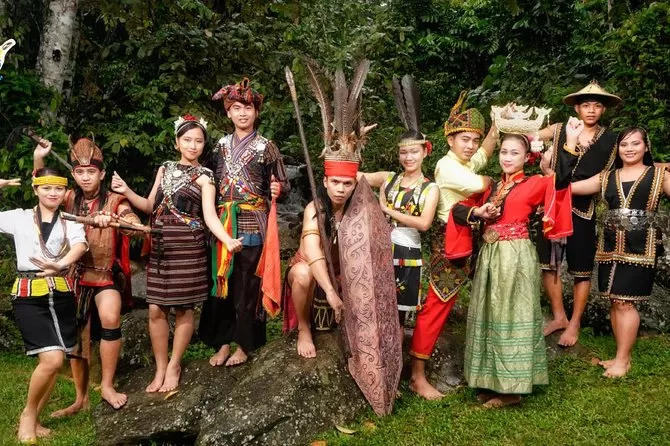
Tips and Suggestions for Visiting Mari Mari Cultural Village
To make the most of your visit to Mari Mari Cultural Village, here are some tips and suggestions to keep in mind:
- The best time to visit the cultural village is during the dry season, from March to October, when the weather is sunny and pleasant. The wet season, from November to February, may cause some delays or cancellations due to heavy rain and flooding.
- The dress code and etiquette to follow at the cultural village is to wear modest and comfortable clothing, such as t-shirts, shorts, and sandals. You should also avoid wearing any offensive or provocative clothing, such as revealing or tight-fitting outfits, or clothing with religious or political symbols. You should also respect the culture and customs of the tribes, such as not touching or taking anything without permission, not pointing or staring at them, and not making any rude or insensitive comments or jokes.
- The souvenirs and handicrafts to buy at the cultural village are made by the local artisans and communities, and they reflect their culture and identity. You can find items such as bamboo baskets, rattan mats, beaded necklaces, wooden carvings, and woven fabrics. You can also buy some of the local products, such as honey, coffee, and spices. You should support the local economy and culture by buying these souvenirs and handicrafts, and by bargaining politely and reasonably.
- The other attractions and activities to explore near the cultural village are the Kiulu River, the Kionsom Waterfall, and the Tamparuli Suspension Bridge. You can enjoy some adventure and nature activities, such as rafting, kayaking, swimming, hiking, and cycling. You can also visit some of the historical and cultural sites, such as the World War II Memorial, the Upside Down House, and the Rumah Terbalik.
Conclusion
Mari Mari Cultural Village is a must-visit destination for anyone who wants to experience the rich and diverse culture of Sabah. You will get to see, hear, taste, and feel the lifestyle and traditions of five ethnic tribes of Sabah, as well as enjoy their cultural performances, interactive demonstrations, and local cuisines. You will also have the opportunity to explore some of the other attractions and activities near the cultural village, such as the Kiulu River, the Kionsom Waterfall, and the Tamparuli Suspension Bridge.
Book your trip to Mari Mari Cultural Village today and discover the beauty and diversity of Sabah's indigenous culture. Have you visited Mari Mari Cultural Village before? Share your experience and tips with us in the comments below.












